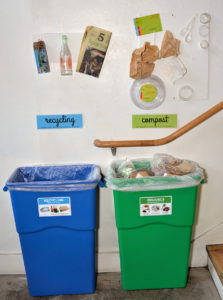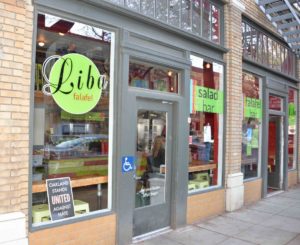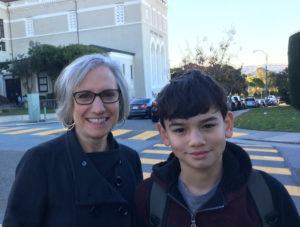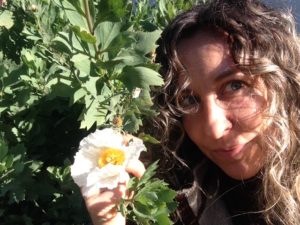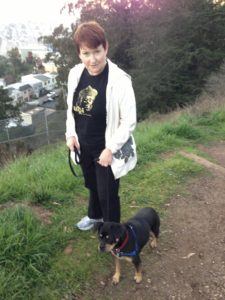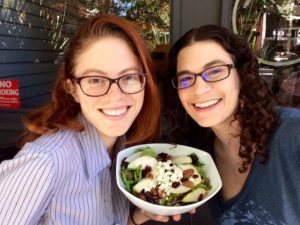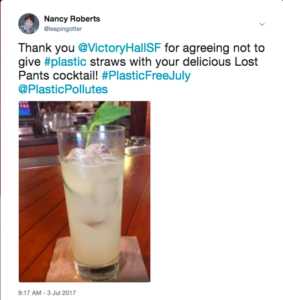We face a lot of challenges in our work at Gigantic, as we encourage, cajole and persuade folks to recycle, reduce waste, use less water or reject chemical products. The problems of pollution, waste and climate change are so immense that the actions of one individual seem unimportant, even useless. Recently we are seeing this message amplified even by those on the “right side” – environmental activists.
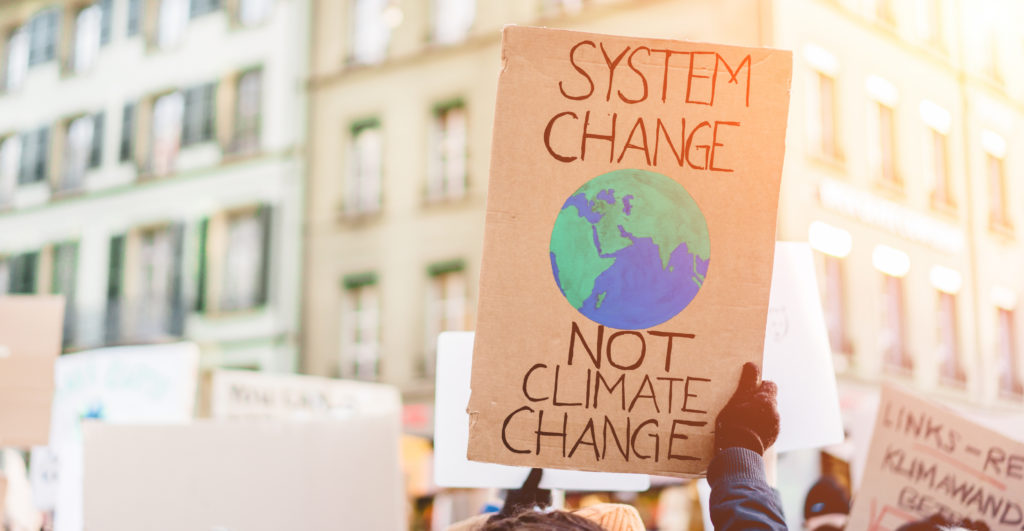
A recent article getting a lot of attention was headlined: “I work in the environmental movement. I don’t care if you recycle.” The article itself was a balanced call to action, outlining that while individual actions matter, change must also be initiated at the government, policy and corporate levels in order to avoid catastrophe. But the headline really bothered me. I worried for the huge percent of readers who might see the headline (it spread through social media) and absorb its message without reading the article. The last thing we need at this point is for individuals to give up, thinking they can’t make a difference. The intertwined threats of climate change, pollution and biodiversity loss need technological fixes and legal intervention, but they also need the understanding, support and commitment of every individual, be they an inventor, a lawyer, a CEO, a mother and/or an artist.
Social change can only come with individual change. Major positive change throughout history — abolition, civil rights, workers’ rights — came through a combination of channels, including popular entertainment, lobbying, advertising, media, organizing, protesting, boycotts and, all of the one-on-one conversations and commitments initiated by people who care.
Technological fixes, viral memes, policy change – there is a panoply of responses to immense environmental challenges. There is no single solution; every step must be a “yes, and” – we need this AND that. In our work with public agencies, we always encourage a multi-touch, multi-directional approach – top-down and bottom-up – for the most effective campaigns.
I’m an environmental activist. I want systemic change at every level. I want government and business to step up and take steps that are not going to be easy or pain free. I want everyone to consider the consequences of their actions. AND…I care if you recycle.

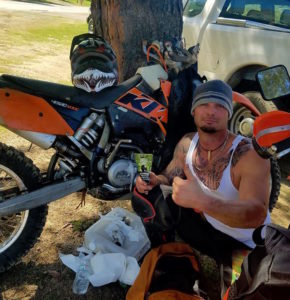
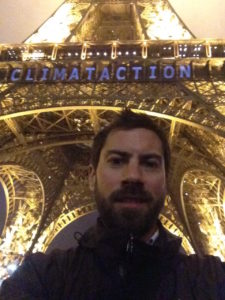
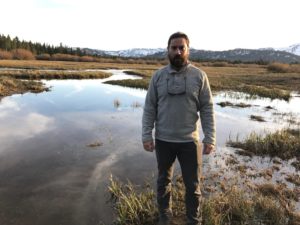
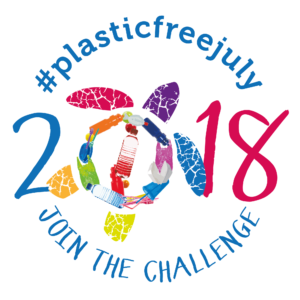
 Often in the course of our work we are lucky enough to run into local residents who embody the environmental attitudes that we cherish. Often those people are exemplary in other ways, as well. The Gigantic team met Gail Lillian on a photo shoot for recycling and composting in the food service industry. Her business—
Often in the course of our work we are lucky enough to run into local residents who embody the environmental attitudes that we cherish. Often those people are exemplary in other ways, as well. The Gigantic team met Gail Lillian on a photo shoot for recycling and composting in the food service industry. Her business—